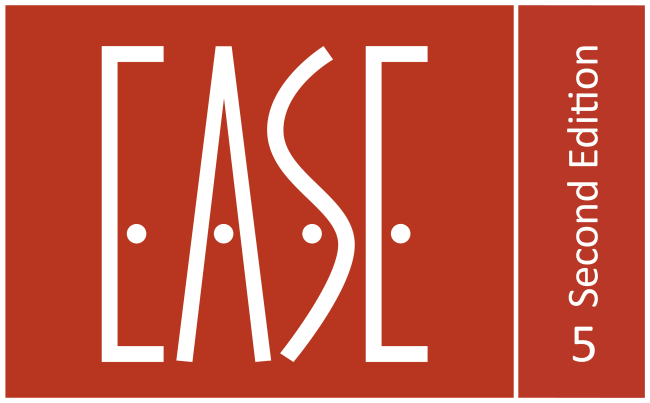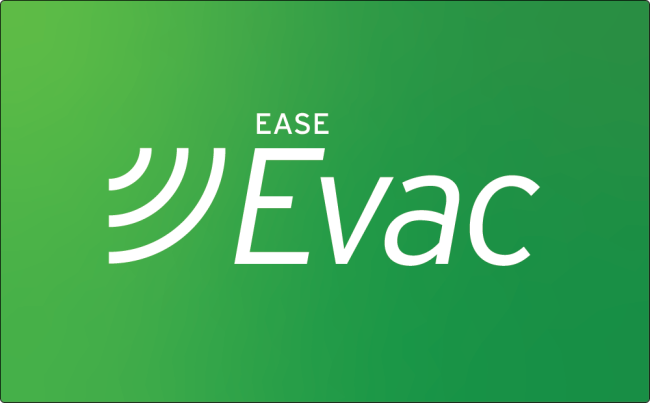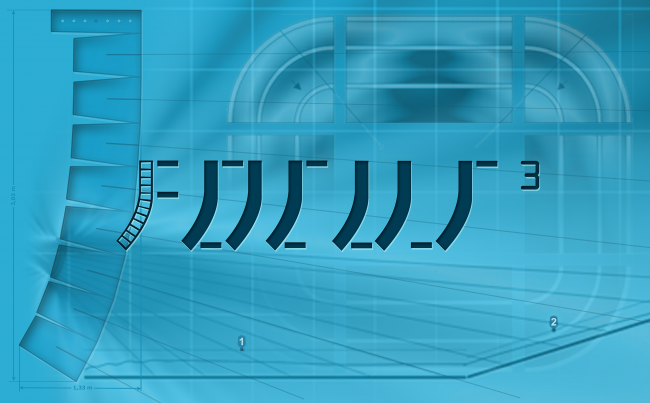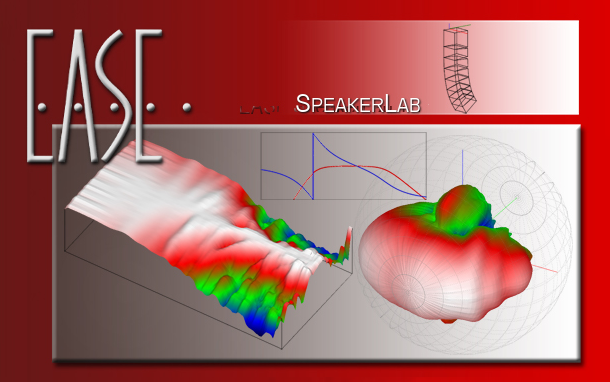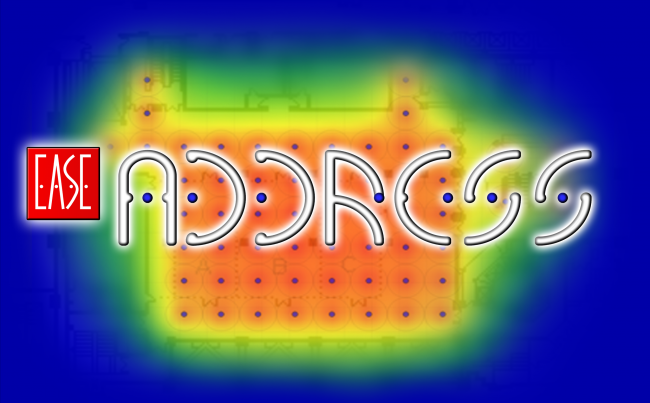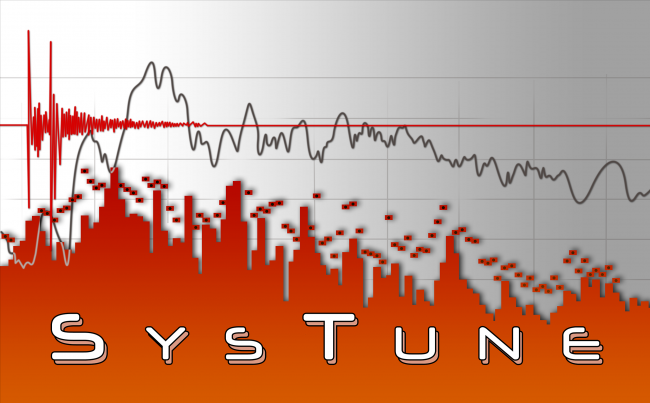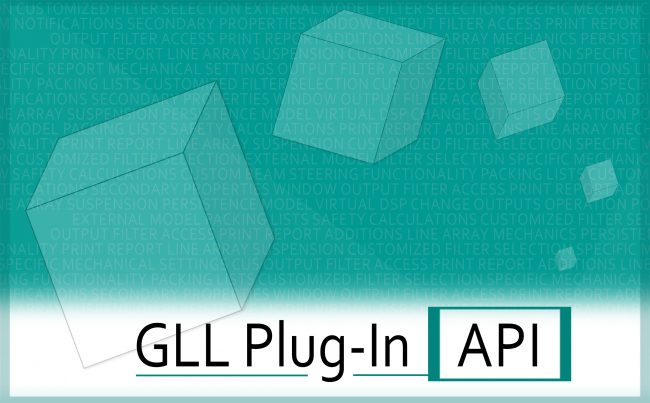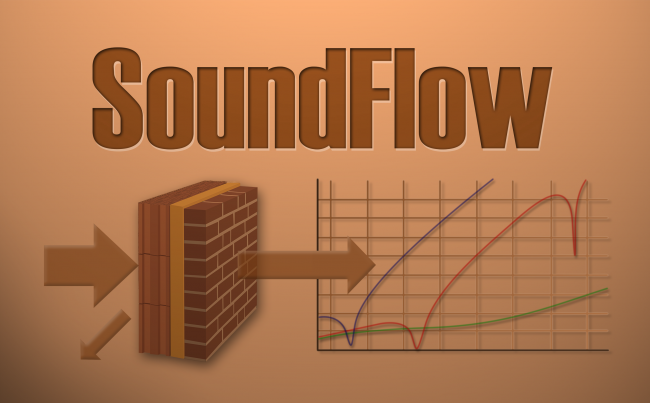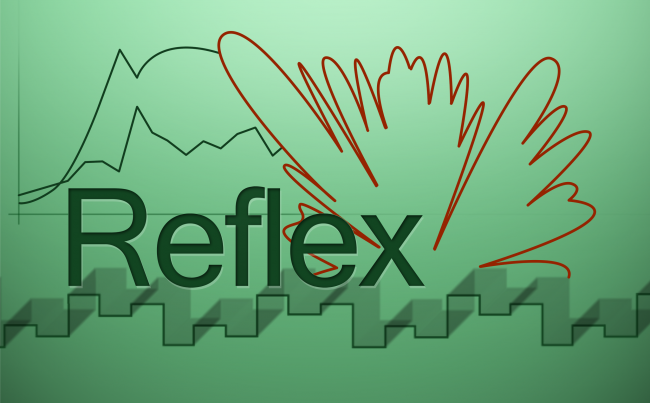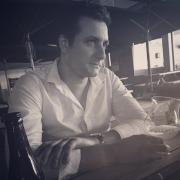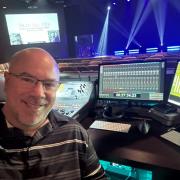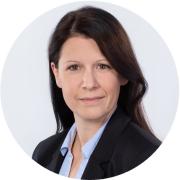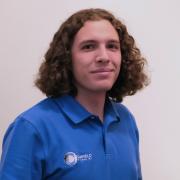Can I use the same AFMG SysTune license under Boot Camp and in a virtual machine?
Yes, this is possible although AFMG does not recommend it. You need to understand the following background information and proceed with the instructions below to transfer your SysTune User Key between the different environments.
The licensing engine used by AFMG SysTune sees Boot Camp and a virtual machine as different computers.
To use one license under both environments the license has to be migrated from Boot Camp to the virtual machine or vice-versa.
How to create a loudspeaker GLL with EASE SpeakerLab which can be used as a Subwoofer Array in EASE Focus 3?
In EASE SpeakerLab create a new project for a "Subwoofer" type loudspeaker:
How do I add obstacles like columns in a church to my project in EASE Focus?
EASE Focus is a tool limited to the simulation of direct sound from the source to the receiver location. No walls, columns, or other objects can be defined in the software and, thus, are not taken into account in the calculations.
If you would like to include the geometry of the room itself or objects within into your calculations we suggest the use of EASE.
We are a loudspeaker manufacturer. In EASE Focus, what is the difference between a model and a variant?
To be used in EASE Focus, a GLL needs to be compiled including a so-called “.author” file. These .author files are encrypted by AFMG explicitly for each loudspeaker model and sent to the manufacturer for GLL creation.
In general, a “model” refers to precisely one configuration of a loudspeaker with exactly one acoustic radiation pattern, the so-called “balloon”. Usually, manufacturers call this a “loudspeaker model” or “loudspeaker type” and give it a unique number within their portfolio.
We are a loudspeaker manufacturer. Can we get an installer for EASE Focus with only our own GLLs in it?
To customize the installer of EASE Focus for your brand please perform the following easy steps:
Can the software be used with USA measurements and temperatures settings?
In the Options dialog (see page 14 in the Users Guide) on the Environment page you can select Imperial Units. This will then use ft, lbs, °F for all parts of the software.
Where can I set the power input for the speakers when placing them in the room?
First you need to select the voltage of the system on the Room page. Then you will be able to select from the available taps on the Sound Sources page or in the properties window.
Must all new floor plans be traced from an imported background file such as a .dxf? Is is possible to import floor plans such as AutoCAD .dwg files directly without tracing?
All floor plan room geometry must be traced from imported drawings or image files using the drawing tools in EASE Evac. The import process does not translate directly to the room geometry.
Supported formats are AutoCAD DXF, Google Sketchup and various image files such as PNG.
How can we add material data files to the program?
New materials files can be created with the EASE software. It includes a material database editor that is capable of editing and saving surface material files.
I have a GLL I cannot import into EASE Evac, what is the problem?
At the moment, EASE Evac supports typical ceiling loudspeakers and regular point source loudspeakers for wall mounting. Line arrays and steered column speakers are not yet supported.
In order to use loudspeaker data in EASE Evac, you need to have this available as a .GLL file. These files are either already included in the AFMG loudspeaker database for EASE Evac or, in many cases, can be downloaded from the respective manufacturer’s website.




